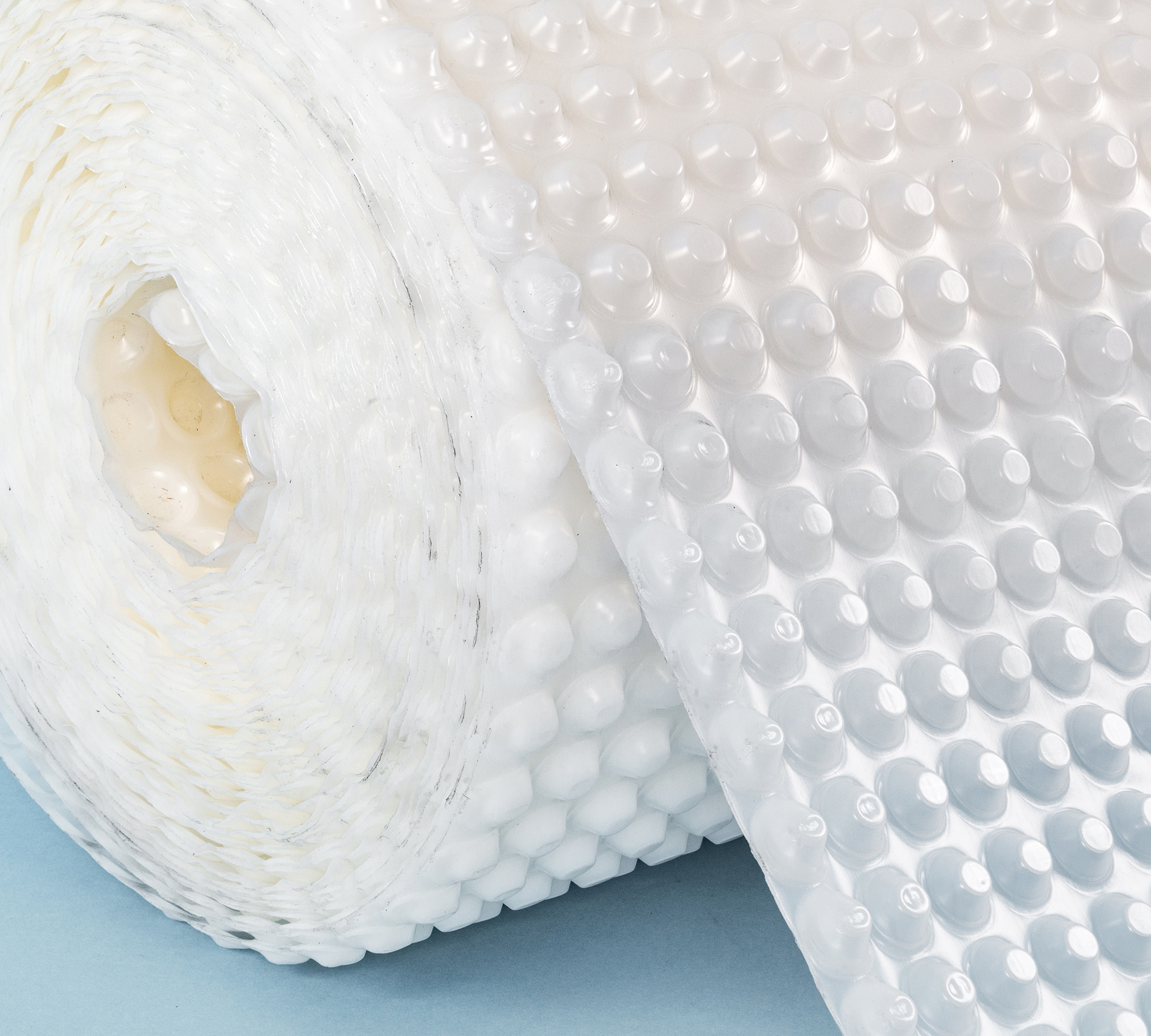From Guest Blogger Amelia Atkins: Best Waterproofing and Energy Saving Home Building Techniques

Waterproofing membranes
The most popular way to keep water outside of your home is to include waterproofing membranes into your house. They are placed on top of the surface that should be waterproof and is sealed with a material that prevents any sort of leakage. The best thing about these membranes is their price tag, plus they are very low-maintenance and easy to put up, which is why they are so popular.
Waterstops
Liquid passes quite easily through concrete joints, so if you neglect to take care of that part, you can have a lot of trouble with moisture in the future. Basements and foundations are especially threatened by leakage of water. However, there is an easy solution to eliminate this problem. Plastic waterstops are designed to keep all the water out and minimize the chance of moisture damage. They come in many shapes and sizes and are manufactured from different materials, usually rubber, PVC and stainless steel, and all models are quite easy to install.
Bunding
Even though bunding is usually used for keeping the liquid inside the walls, it can also be used in home construction to prevent water damage to your interior. By keeping liquid inside the walls, you’re preventing it from getting inside your home. Flexible bunding can also be used as spill containment barrier around your washing machine that will prevent the liquid from spilling all over your laundry room and damaging your walls and other appliances in case of flooding.
Passive solar design
Aside from protecting your home from water damage, you can ensure your new house is energy efficient. If you want to minimize heating and cooling in your new home and keep your energy bill in check, you must consider passive solar design. First, consider the amount and placement of your windows. You should aim for 14% window-to-floor ratio with at least 50% of windows installed on your south side. Also, design some good shading that will ensure shade in the summer and maximize sun exposure in the winter.
Insulation
One of the most important building elements is your insulation. Proper insulation will prevent the heat and cold coming from your HVAC system from escaping your home. If you don’t have good insulation, a lot of energy will get wasted and your bills will be much higher. So, make sure to eliminate all air leaks, and pay special attention to your attic insulation. Since there are various types of insulation materials and different R-values of insulation, it’s best to hire an expert who will make sure you choose the perfect type for your climate and home design.
Energy-efficient doors and windows
Windows and doors cause the most air leakage, even in a well-insulated home. So, if you want to make your home more energy efficient, make sure to invest in Energy Star windows and doors that are highly insulated and airtight. Also, pay attention to your window size and orientation.
Cool roofs
Your roofing can also influence your energy consumption and energy bill. A lot of roofing options absorb a lot of heat which makes your home hotter. However, there are so-called “cool roofs” that are made of highly reflective materials that don’t absorb as much heat from the sun as your traditional shingles. This means you can keep your thermostat higher during the hot summer days and save up some money on cooling.
Waterproofing and energy saving start during the building phase, but there are things you can do even once you start equipping and decorating your home. Make sure to use energy-efficient appliances and lighting and don’t forget to have regular leakage inspections to cut water damage at the root.




